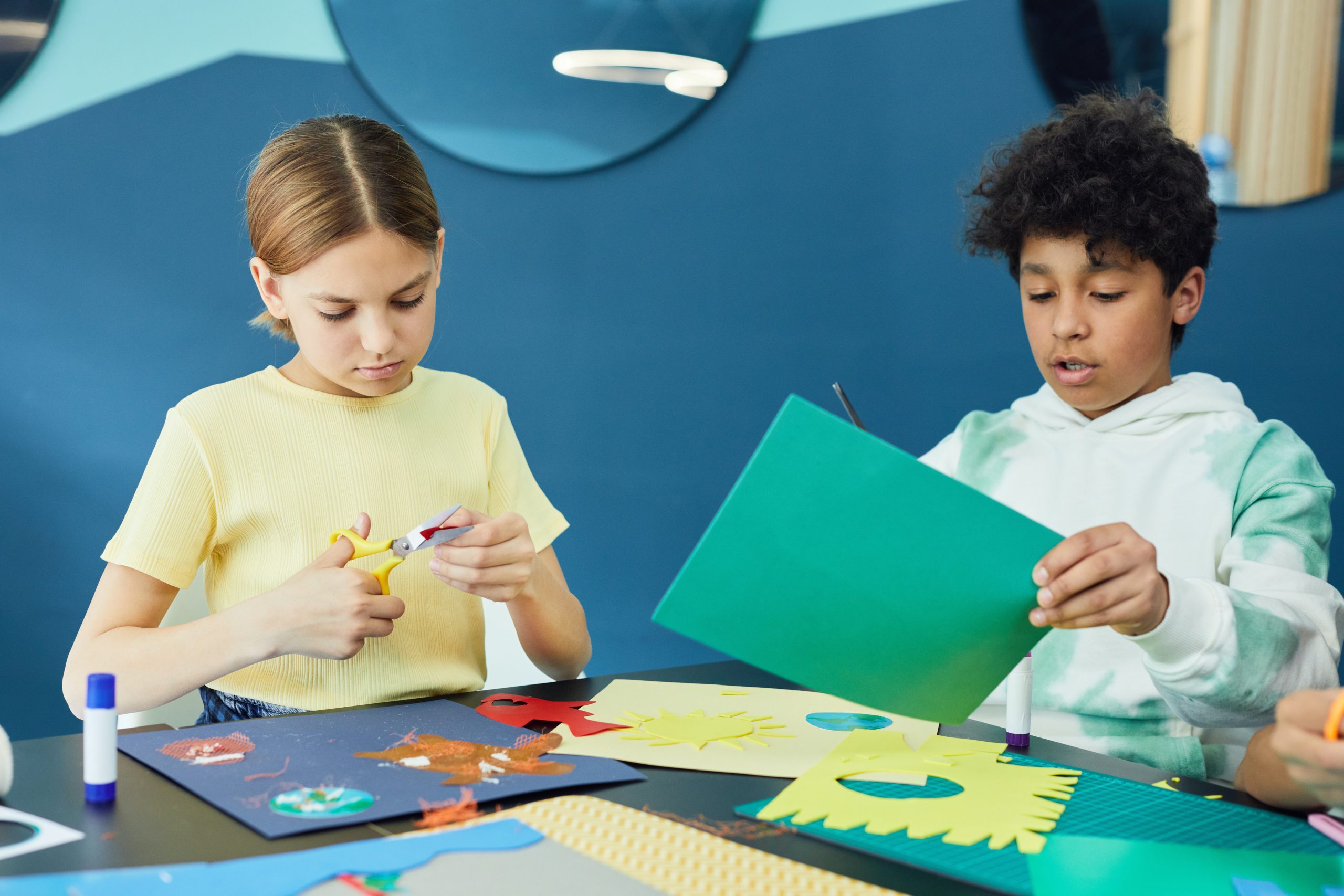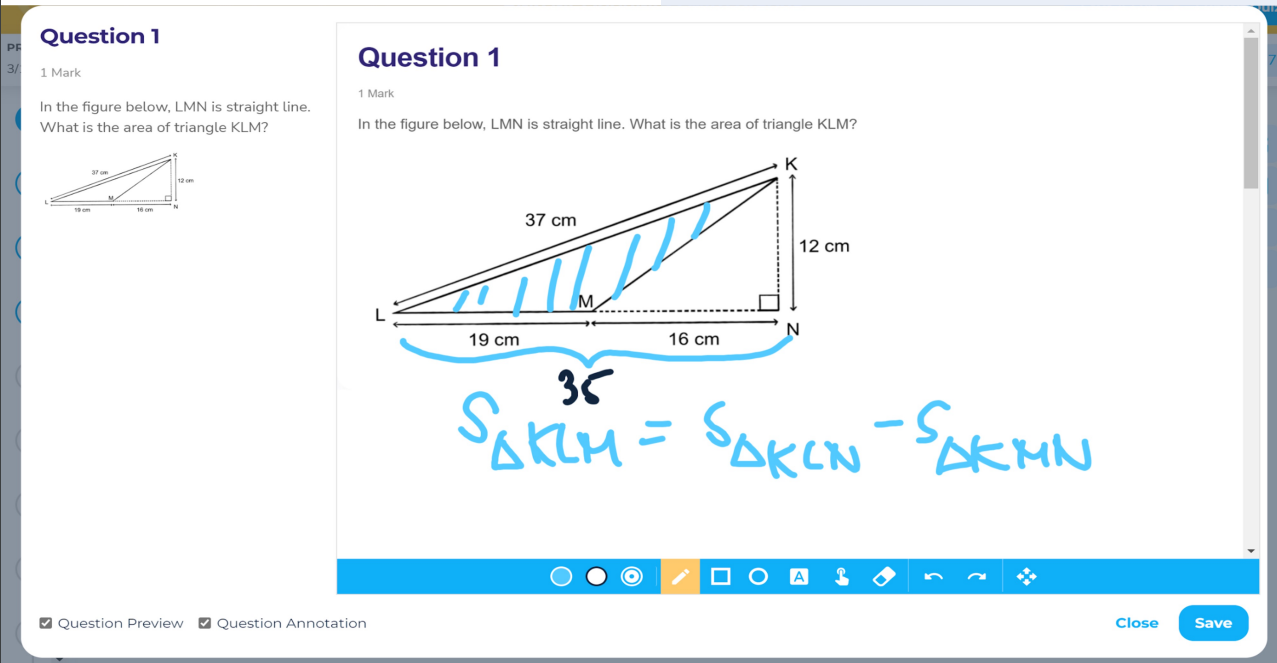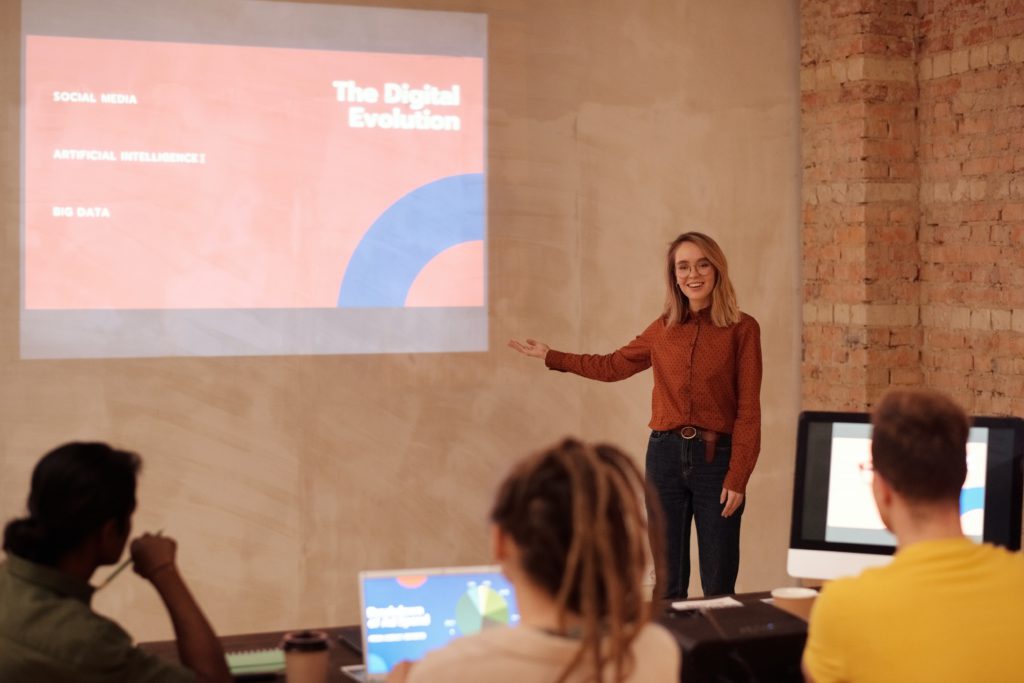Are you looking for ways to engage your learners and make learning more hands-on and interactive? If so, project-based learning might be the answer. In this article, we’ll explore project-based learning, its benefits, and how to implement it in the classroom.
Project-Based Learning (PBL) is an educational approach focusing on problem-solving and hands-on learning. It involves learners working in teams to solve problems or create projects related to a particular subject or theme.
PBL is an effective way to help learners understand and practice critical thinking in a meaningful way. With PBL, learners actively engage in real-world problems, providing them with invaluable experiences that help prepare them for future success.
What Is Project-Based Learning?
PBL effectively assists learners in gaining real-world skills and prepares them for college and their careers. Through PBL, learners gain knowledge and skills by researching, collaborating, and creating something meaningful with the guidance of an educator.
Project-Based Learning (PBL) involves learners working on real-world projects ranging from designing a product to solving complex scientific problems. PBL involves multiple steps, from brainstorming to evaluation and assessment, and allows learners to explore subjects in-depth while developing critical thinking, creativity, social and real-world application skills.
Some examples of PBL activities include designing a sustainable city, creating a business plan, innovating renewable energy, solving mathematical problems, developing a website for a nonprofit organisation, simulating historical events, investigating environmental issues, and developing solutions to community problems.
These activities provide a fun and exciting way for learners to learn and to prepare them for academic and career success.
Read more: 4 Online Teaching Pedagogies to Teach Online Effectively
The Benefits of Project-Based Learning
Project-based learning (PBL) is a powerful and effective educational method that offers several benefits to learners. Here are some of the main advantages of PBL:
-
Improved Critical Thinking and Problem-Solving Skills
PBL requires learners to work on real-world projects that test their critical thinking and problem-solving abilities. Learners learn to examine complicated issues, discover solutions, and apply their knowledge in real-world scenarios through PBL.
-
Enhanced Collaboration and Communication Skills
PBL promotes cooperation and collaboration, allowing learners to collaborate on projects and accomplish common goals. This encourages cooperation and helps learners develop good communication skills since they must collaborate to share ideas, negotiate, and resolve disagreements.
-
Greater Learner Engagement and Motivation
PBL makes learning more exciting and inspiring for learners. Learners gain motivation and engagement in the learning process by working on real-world projects that demonstrate the relevance and applicability of their learning
-
Increased Real-World Relevance and Applicability
PBL provides learners with a real-world context for learning, allowing them to see the practical implications of the concepts and skills they are learning. This improved relevance and applicability allow learners to realise the worth of their education while also preparing them for future employment and difficulties.
How to Implement Project-Based Learning in the Classroom

Photo by Vanessa Loring from Pexels
Project-based learning (PBL) is a learner-centered approach that requires a proper strategy for successful implementation. To ensure a well-planned and effective PBL experience, it’s important to follow steps for planning, organising the activity, and providing support for learners during the project.
Steps for Planning and Organising a PBL Activity
PBL activities are an excellent way to make learning more meaningful and enjoyable for learners. However, planning and organising a successful PBL activity can be daunting, especially for educators new to this teaching method.
Here are some steps to help you plan and organise a PBL activity that will immerse your learners and assist them to learn in a fun and effective way.
- Identify the learning goals and objectives
- Choose an engaging and relevant project
- Define the project tasks and timeline
- Assess the resources and materials needed
- Plan for learner collaboration and group work
- Determine the methods for evaluating learner progress and success
Read more: 9 Online Teaching Tips and Tricks
Tips for Supporting Learners During the Project:
With PBL, learners will surely dive into real-world problem-solving and develop critical thinking and collaboration skills. Supporting learners during a PBL project can be challenging for educators new to this method.
These tips right here will ensure your learners are set up for success.
- Provide clear instructions and expectations for the project
- Encourage learner-led problem-solving and decision-making
- Foster a supportive and collaborative learning environment
- Offer guidance and support as needed
- Provide opportunities for learners to reflect on their learning process
- Evaluate the project and provide constructive feedback to learners
PBL can be a transformative educational experience for learners, allowing them to apply what they have learned to real-world situations. By following these steps and tips, educators can ensure that their PBL activities are well-planned, effective, and engaging for learners.
Ideas for Assessing Learner Learning in a Project-Based Learning Environment
Integrating technology in project-based learning (PBL) can provide new and innovative ways to assess learner learning. Here are some ideas for using technology to evaluate learner learning in a PBL environment:
-
Self-Assessment and Reflection
Self-assessment allows learners to reflect on their learning process and evaluate their progress toward meeting project goals. This can be done through written reflections, checklists or rubrics that guide learners through the self-assessment process.
-
Peer Assessment and Feedback
By evaluating and providing feedback on each other’s work, learners can gain a deeper understanding of the subject matter and develop critical thinking and communication skills. Educators can facilitate peer assessment and feedback through group presentations, peer review sessions, or online collaboration tools.
-
Educator Observation and Monitoring of Learner’s Progress
This involves educators observing learners during the project and providing ongoing feedback and support to help learners reach their goals. Educators can use tracking sheets, checklists or online collaboration tools to monitor learner’s progress and provide feedback.
-
Video Presentations
Learners can use video conferencing tools like HeyHi Learning Space, allowing learners to present their work and understanding. They increase learner engagement and motivation through opportunities for showcasing and receiving feedback. Educators can also use video presentations to gain insight into learner learning and provide a meaningful evaluation experience.
-
Interactive Quizzes and Assessments

HeyHi’s Quiz and Assessment. Screenshot by HeyHi
Educators can use tools like HeyHi Assessment and Assignment to create interactive quizzes and assessments that measure learner’s understanding. HeyHi can also allow educators to provide learners with feedback (via text, audio & video) and grades on their work.
Using technology, educators can provide learners with a more engaging and dynamic learning experience and assess learner learning in real-time. The use of technology like HeyHi also provides educators with valuable data on learner performance and understanding, allowing the educator to adjust their teaching and support as needed. Click here to get a demo!
Conclusion
In conclusion, PBL is a practical approach to education that emphasises learner-driven learning, critical thinking, and collaboration through real-world projects. Successful implementation requires proper planning, and various assessment techniques can provide insight into learner learning.
The value of PBL lies in its ability to prepare learners for future challenges and promote essential skills in a rapidly changing global economy. PBL offers a powerful and effective way for learners to develop the skills and knowledge they need to succeed in a technology-rich world.
